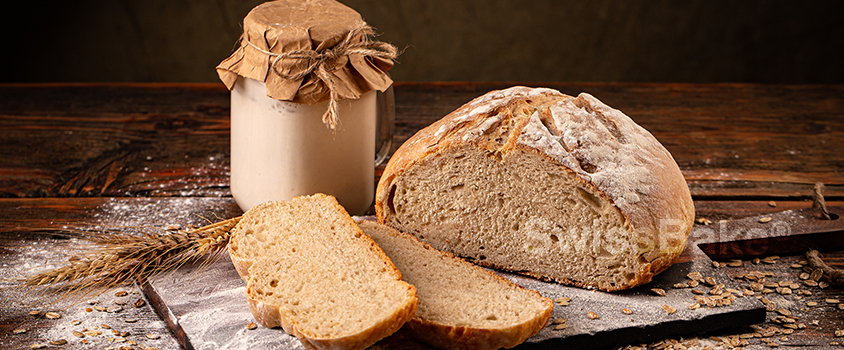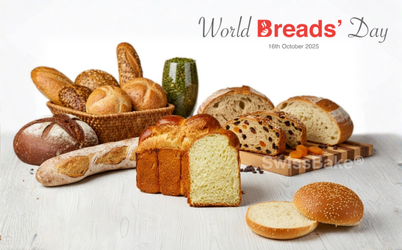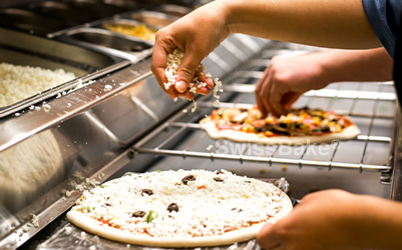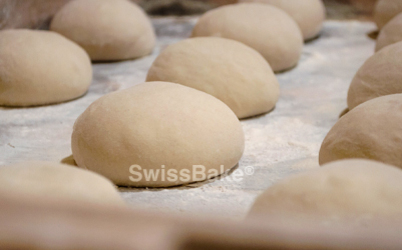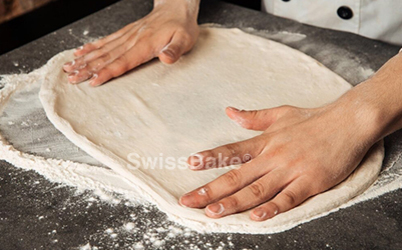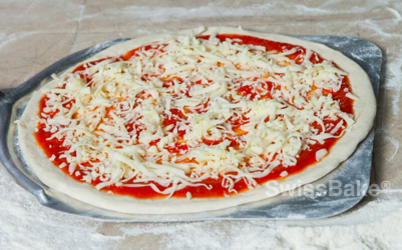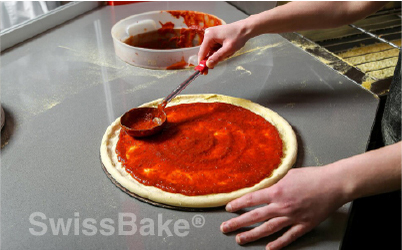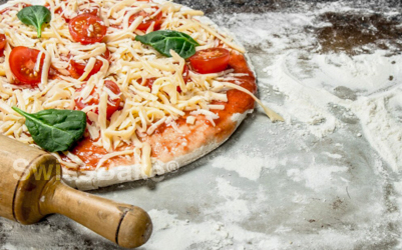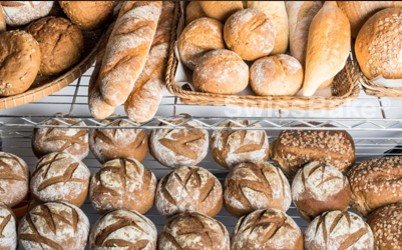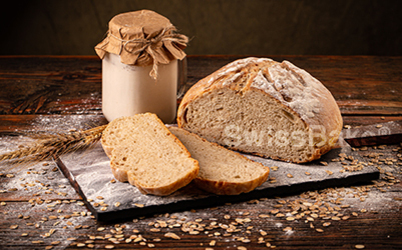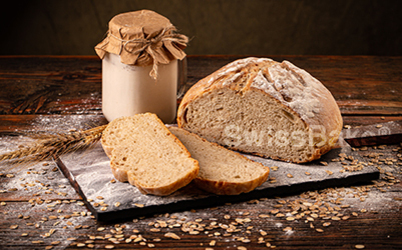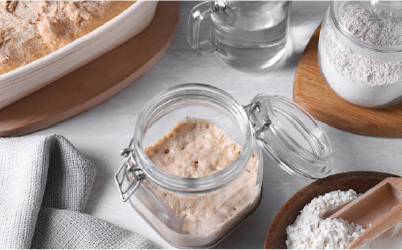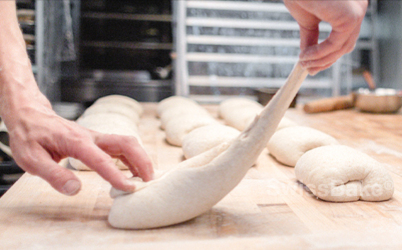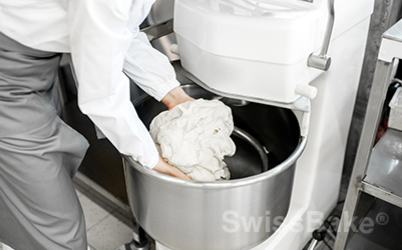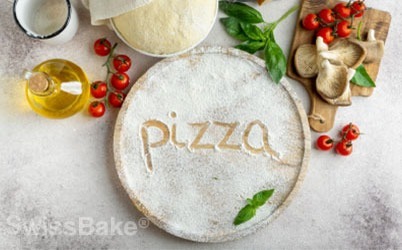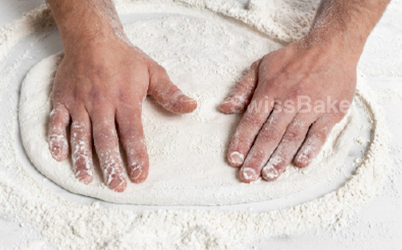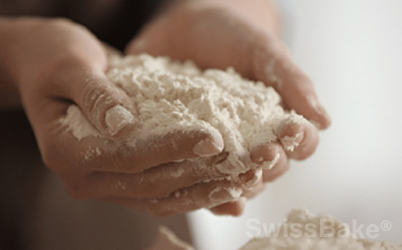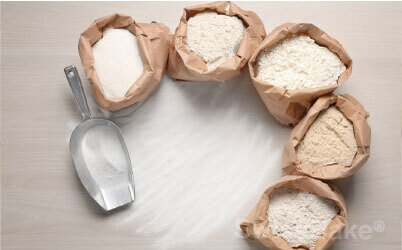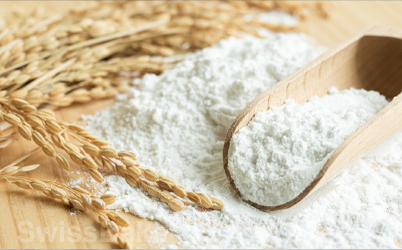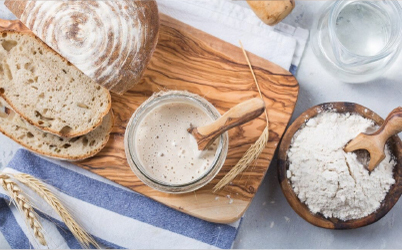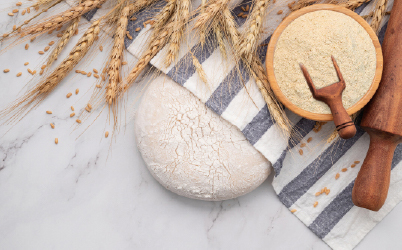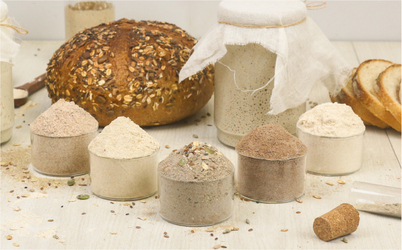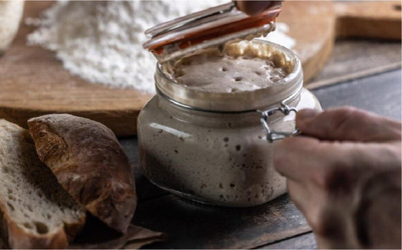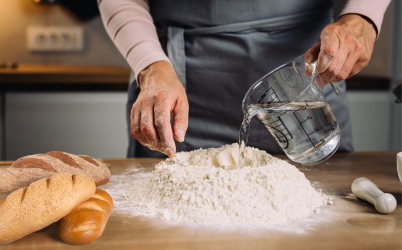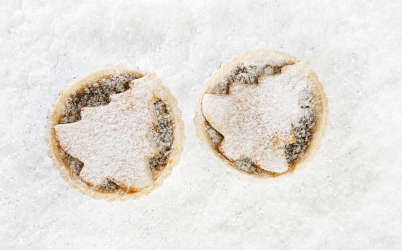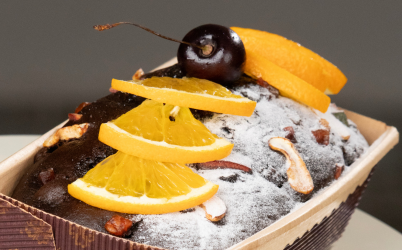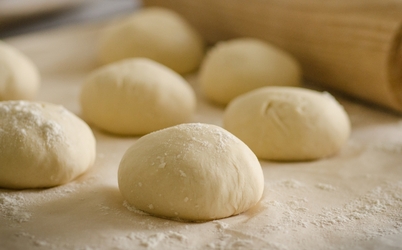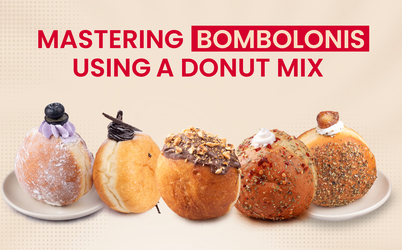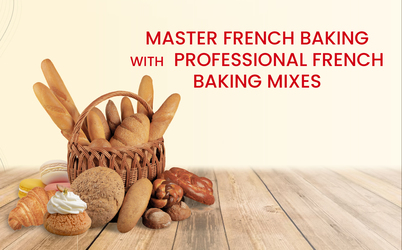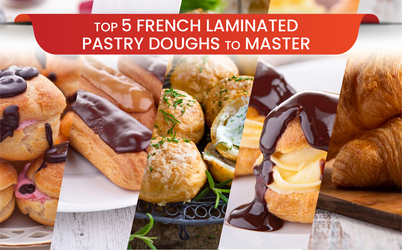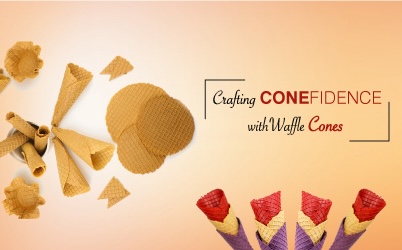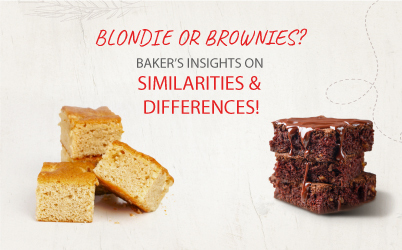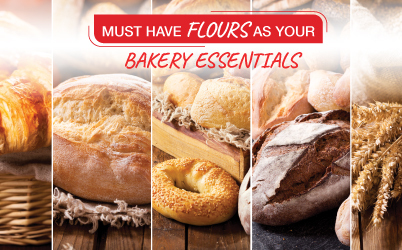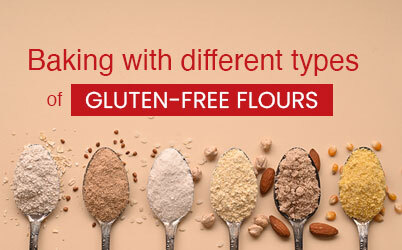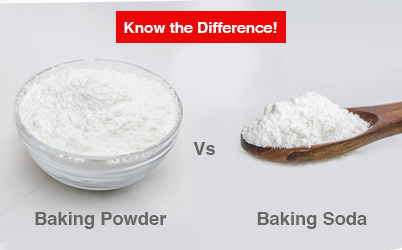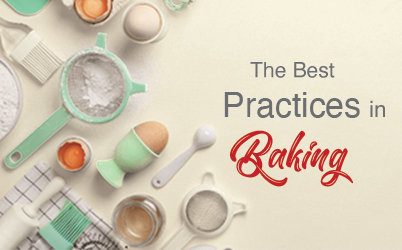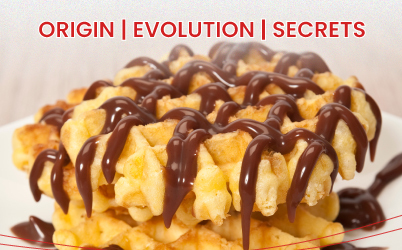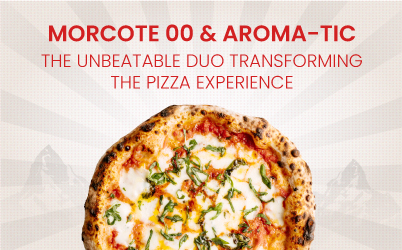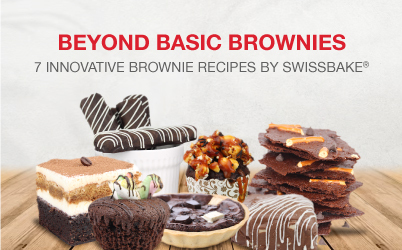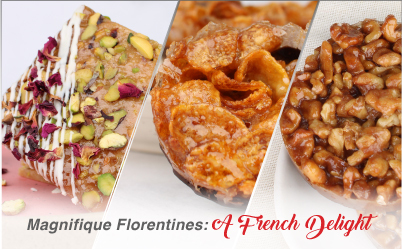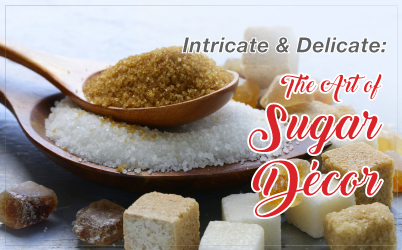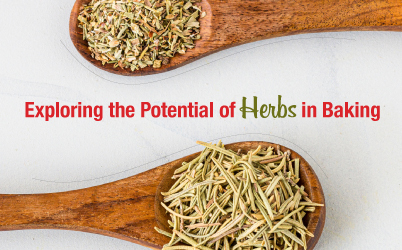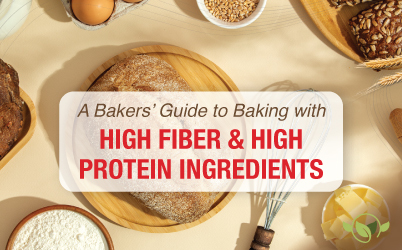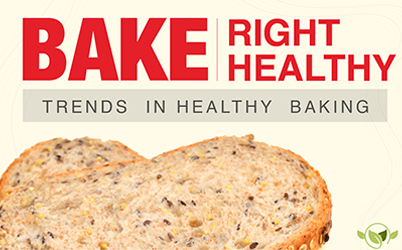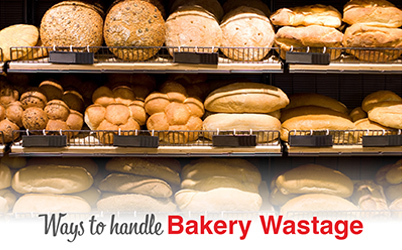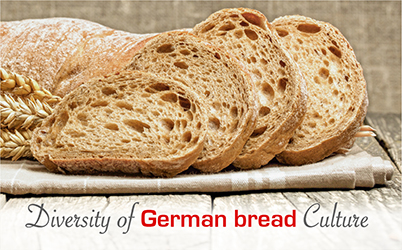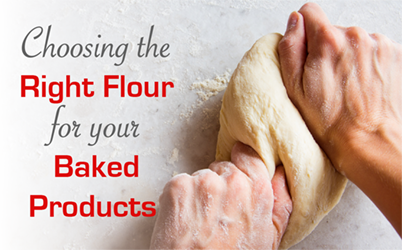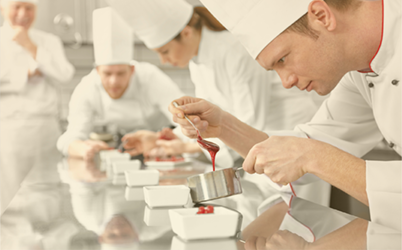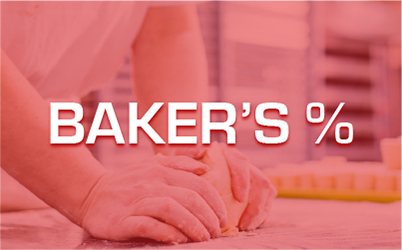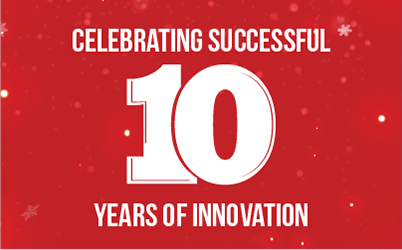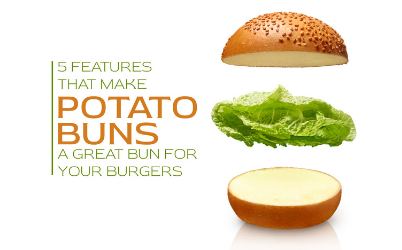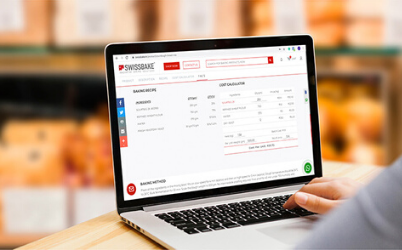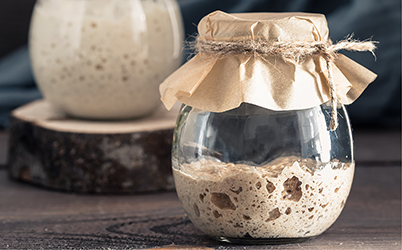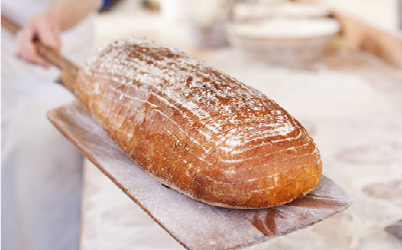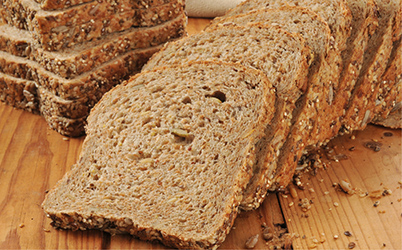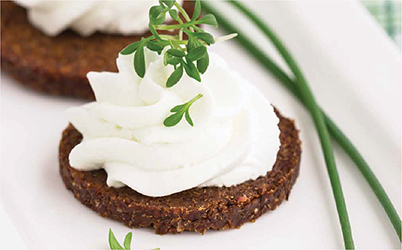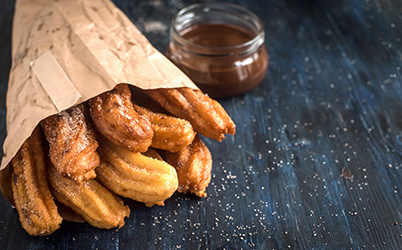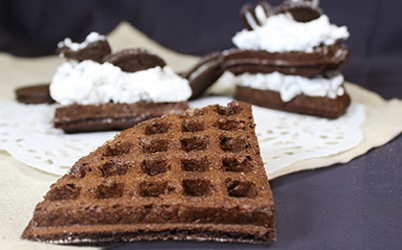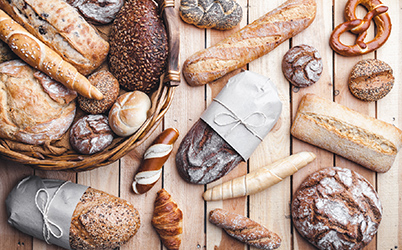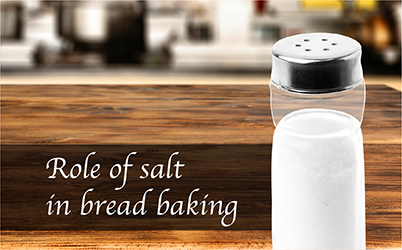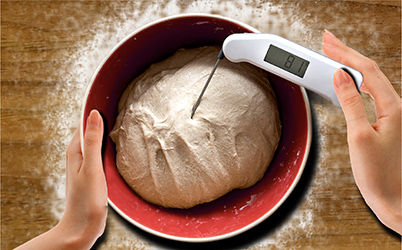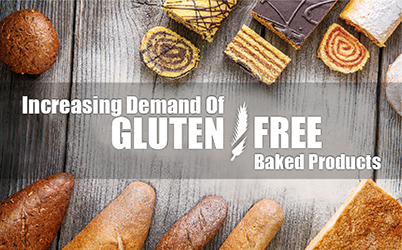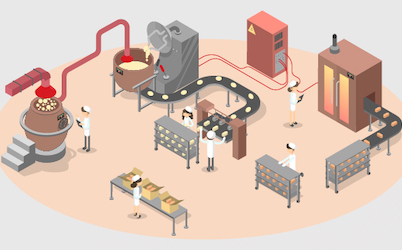The Evolution of Sourdough from Heritage to Artisan Baking
Introduction
Long before industrial yeast packets and high-speed dough mixers, there was sourdough. With a history that spans over 5,000 years, sourdough is more than a bread—it’s a symbol of culture, time, and transformation. From its humble beginnings in ancient civilizations to its re-emergence in modern artisan bakeries, sourdough has withstood the test of time.
Today, thanks to innovations like dehydrated sourdough powders from le’sourdo®, this ancient method has not only been preserved but reinvented for modern, scalable, clean-label baking. This article explores the journey of sourdough—from its heritage roots to its modern artisan revival—and how it continues to evolve in professional bakery settings.
Ancient Origins: Bread Born of Nature
Sourdough is likely one of the earliest forms of leavened bread. Historians trace its roots back to ancient Egypt, where flour & water were naturally fermented by airborne wild yeasts and bacteria. There were no commercial cultures or proofing boxes—only time, warmth, and patience.
This primitive fermentation:
• Produced a mild rise
• Preserved bread in warm climates
• Added depth of flavor and aroma
Though crude, it marked the beginning of biological leavening, long before Saccharomyces cerevisiae (commercial yeast) was isolated.
Cultural Adaptations Across Civilizations
As sourdough spread across continents, cultures began adapting it to local grains, climates, and flavors:
• Europe: Rye-based sourdoughs became a staple in Germany and Eastern Europe due to rye’s low gluten content, which responds better to acidic fermentation.
• Italy & France: Levain-style wheat sourdoughs were developed for crusty loaves, ciabatta, and pain au levain.
• Middle East: Flatbreads with subtle fermentation, like tannour or laffa, emerged using natural starters.
• Asia: Fermented rice batters and sponge systems influenced steamed buns and dosa batters, reflecting the sourdough principle in regional forms.
Each culture honored fermentation not just as technique, but tradition.
Industrial Displacement: The Rise of Commercial Yeast
The 19th and 20th centuries saw a shift in how bread was made. With the advent of:
• Roller-milled refined flours
• Commercial yeast
• Short proofing techniques
• Mass production bakeries
…sourdough fell out of favor. The need for speed and consistency pushed traditional fermentation aside. Bread became lighter, faster, and more uniform—but flavor and nutrition were compromised.
For decades, sourdough was sidelined, associated with time-intensive baking, difficult starters, and inconsistent results—until recently.
The Artisan Renaissance
Around the late 1990s and early 2000s, a slow but steady artisan baking movement took hold.
Driven by:
• A renewed interest in craft food
• Demand for natural, preservative-free products
• A backlash against ultra-processed bread
…bakers began reviving long-fermentation methods and experimenting with sourdough again.
The rise of baker-chefs, bakery cafés, and home baking during the COVID era fueled further sourdough obsession—marked by hashtags, fermentation forums, and even sourdough home-based start-ups.
Modern Innovations: The Rise of Dehydrated Sourdough
While the artisan movement celebrated live starters, their inconsistencies and labor requirements posed barriers for commercial and central kitchens.
Enter: dehydrated sourdough powders, such as those from le'sourdo®.
These products offer:
• True fermented flavor and aroma
• No need for starter maintenance or feeding
• Clean-label functionality (acidification, shelf life, aroma)
• Shelf stability and easy incorporation into mixes
Now, bakers in QSRs, industrial setups, or satellite commissaries can capture sourdough character at scale—without the chaos of managing live cultures.
How le’sourdo® Bridges Tradition and Technology
le’sourdo® preserves the essence of traditional sourdough while adapting it for modern baking needs. Each variant replicates a classic regional fermentation profile, fermented and dried for long-term convenience. Product highlights:
• ROGGENARTE – Rye-based sourdough for dark, bold loaves with German-style acidity
• AROMATIC – Active fermented wheat sourdough for baguettes, ciabatta, and open-crumb loaves
• GRANOARTE – Multigrain sourdough offering earthy aroma and texture for health-oriented baking
• MIEL-NATIVE – Wholemeal sourdough with rich fermentation and shelf-life benefits
• DURUM NATIVE – Durum wheat sourdough delivering mild acidity and structure in Mediterranean-style breads
These allow bakeries to retain the taste of time-honored bread with the predictability of modern food production.
Why Sourdough Is More Relevant Than Ever?
• Clean-Label Appeal
Today’s consumers want:
• No artificial preservatives
• Fewer additives
• Real fermentation processes they can trust
Sourdough naturally checks all these boxes.
• Functional Benefits
• Extended shelf life
• Natural mold resistance
• Slower starch breakdown = better digestion
Sourdough is now seen not just as flavor, but function.
• Brand Differentiation
Whether for boutique cafés or large-scale bakeries, sourdough allows brands to:
• Craft unique flavor profiles
• Tell a fermentation story
• Stand out in competitive retail categories
With le’sourdo®, even production-scale bakeries can offer distinctive, authentic breads.
From Past to Future: What’s Next for Sourdough?
• Hybrid Formulas – Combining le’sourdo® with yeast for efficient fermentation and deeper flavor
• Global Recipes – Integrating sourdough into burger buns, pizza dough, croissants, or gluten-free lines
• Sourdough-as-a-Service – Ready-to-use dry sourdough kits for commissaries and QSR formats
• Sustainable Fermentation – Using sourdough to reduce preservatives and extend shelf life naturally
Sourdough is no longer just a method—it’s a brandable baking asset.
Conclusion
Sourdough has journeyed through millennia—from being born by chance to becoming a carefully cultivated craft. In its modern evolution, it has transformed from heritage to artisan, and now from artisan to accessible innovation.
With tools like le’sourdo® dehydrated sourdough powders, today’s bakers can embrace the soul of fermentation while meeting the demands of scale, consistency, and consumer trust.
It’s not about going backward in time—it’s about taking tradition forward.

